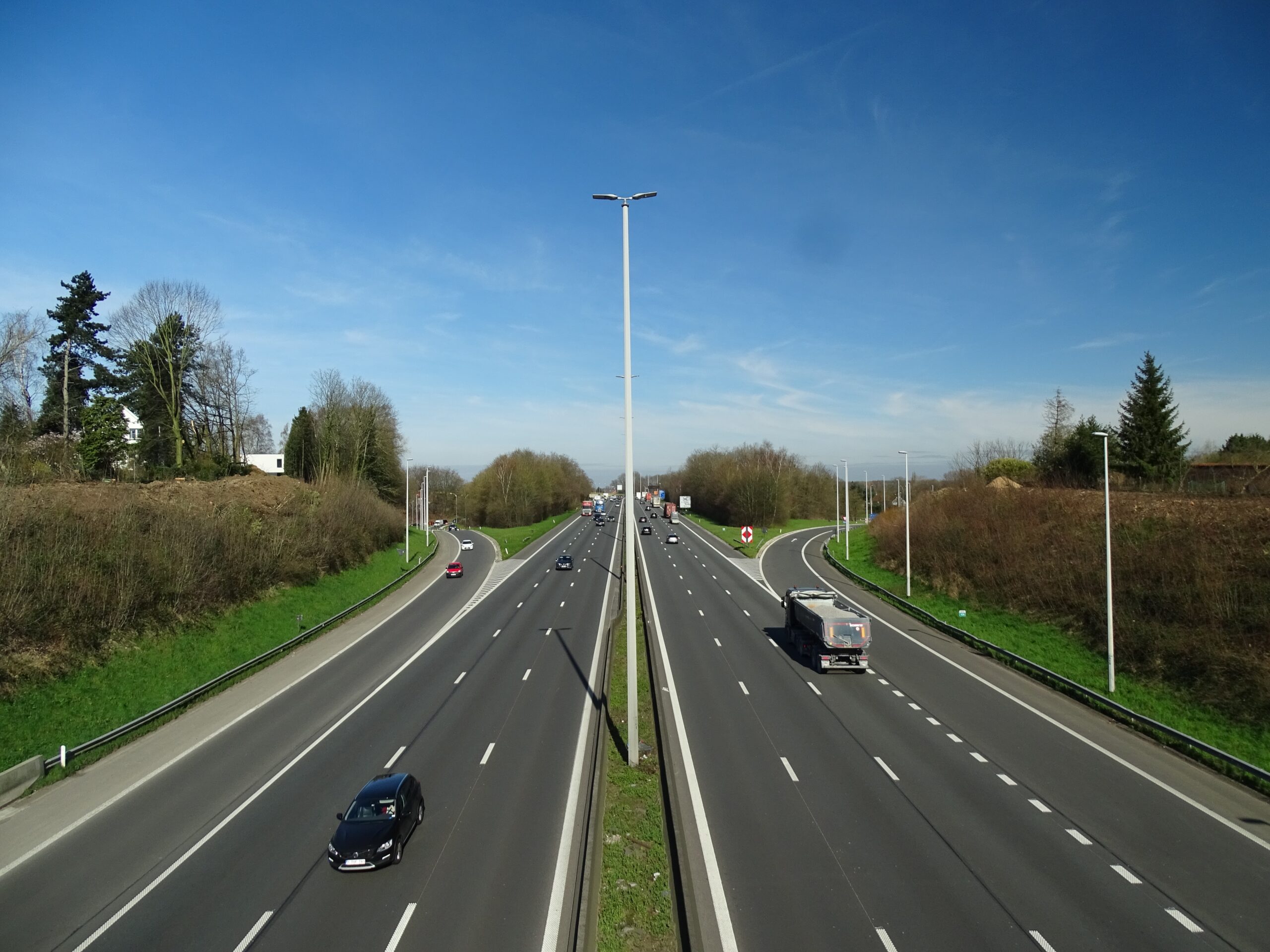
Long term investment in critical road and highway networks is set to continue well into the future as investment in Australia’s transport infrastructure network grows.
Roads and highways form the backbone of the Australian transport infrastructure networks and will continue to represent a key area for growth into the future.
Given projects in the road and highway spheres show no signs of putting on the brakes, principals. contractors, designers, and consultants will need to ensure a familiarity with the unique risks and commercial considerations associated with such projects.
Contracting Arrangements
The contracting arrangement adopted on any given project will considerably impact the parties’ respective commercial considerations, and associated risk tolerances.
Common contracting arrangements which are utilised within the Australian road and highway markets include:
- design and construct;
- design only;
- construct only; and
- collaborative and alliance models.
These contracting models each provide their own respective strengths and weaknesses, which should be considered prior to agreeing to the adopting of a particular model.
For instance, while a design and construct contract may allow for a project to be completed faster and transfers a greater level of risk from the principal to the contractor, it attracts a cost premium. Conversely, where separate design only and construct only contracts are used, it can be effective in keeping costs down, but the principal will adopt the risk of design errors and omissions when entering the construct only contract.
The adoption of collaborative and alliance models has become increasingly popular, as people depart from traditional approaches. The attractive aspect of some of these contracts is that contractors become incentivised for effectively performing works under the contract, creating an incentives performance system. However, these approaches, while effective on paper, can lead to greater levels of uncertainty during the project lifecycle. Notably, agreed principles, such as “thou shall not litigate” can be illusory in nature and ineffective where disputes arise and the relationship between the parties, which underpins such contract, breaks down.
Interfacing with Existing Assets
Road projects will inevitably require the works to interface with existing assets, whether it just be at either end of the project, or along the project as it interacts with intersections and interchanges.
These considerations will be largely informed by the nature of the project and will require careful consideration of applicable technical impacts on the project. Where the parties analyse these impacts prior to entering contract negotiations it allows for a tailored contractual approach which accounts for such risks. This gives the project the best chance at being delivered efficiently and effectively despite the challenges which it is likely to face.
For instance, where a road or highway upgrade requires lane shutdowns, or even access restrictions (such as the closure of certain roads or highway exists), the parties should seek to ensure the contract accurately reflects the requirements surrounding this, and who bears the risks with respect of such.
Where a contract accurately reflects the necessary interactions with existing assets, and provides a clear process for dealing with such, it can minimise the potential for disputes and ensure the achievement of best for project outcomes.
Resourcing and Labour Availability
As road investment booms, contracting parties should seek to ensure the availability of affordable resources prior to entering contract negotiations.
Growing demand for road projects, as well as international supply chain issues which continue to hamper the industry, are likely to present procurement and resourcing risk for parties. Similarly, inflationary pressures will continue to impact all parties, which requires carefully consideration as to how to best address such risks, which are likely to impact both labour and material resourcing. If parties have not protected their interests with respect to such, or they have not adequately considered the extent which such risks may pose to their projects, it could have detrimental impacts to the project as it progresses.
Given these uncertainties in the market, parties should give consideration to the operation of rise and fall, or cost escalation provisions, to protect against long term price changes across the duration of the project.
Where a contract is able to effectively deal with these issues and allocate the risks of such events clearly, it is more often to lead to the achievement of best for project outcomes. Furthermore, where parties are clear on the risks which they are responsible for under the contract, and processes and systems are in place to address these risks as they arise, they can prevent matters descending into dispute.
Legal Support
Lamont Project and Construction Lawyers have extensive experience working across the lifecycle of transport infrastructure projects, from project development, contract negotiation, ongoing project support, dispute avoidance and support, through to practical completion.
By providing clients a tailored approach to contract negotiations and project support, we can ensure that our clients are best positioned regardless of the particular circumstances.
If you have any questions about your current or future projects, please do not hesitate to contact Lamont Project and Construction Lawyers for a discussion on how we can assist you.
Contact: Peter Lamont or Ryan Bryett
Email: [email protected] or [email protected]
Phone: (07) 3248 8500
Address: Suite 1, Level 1 349 Coronation Drive, Milton Qld 4064
Postal Address: PO Box 1133, Milton Qld 4064
